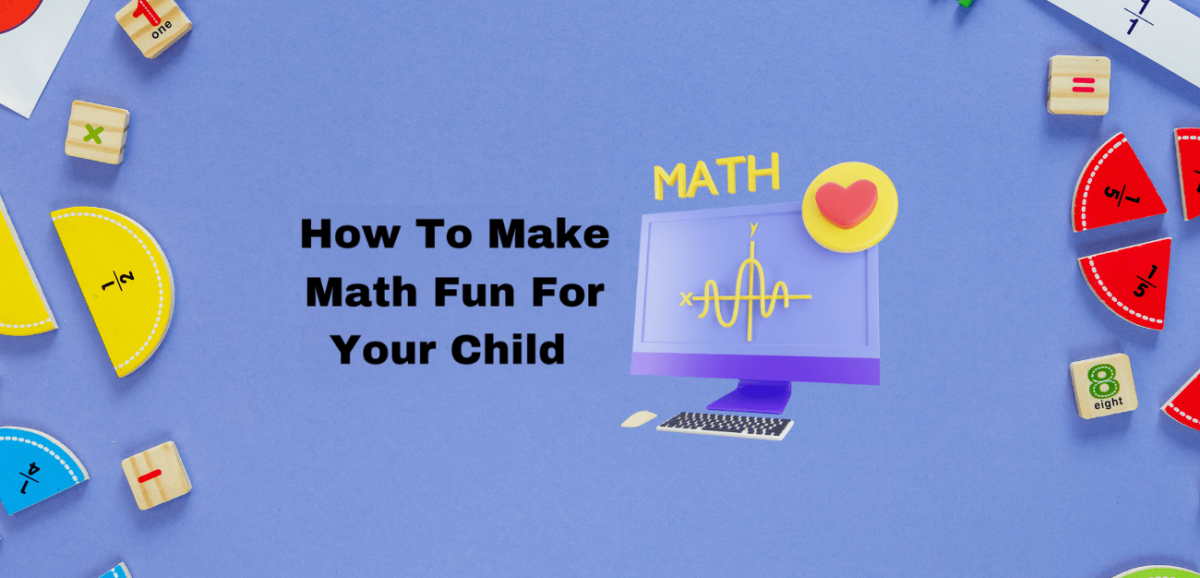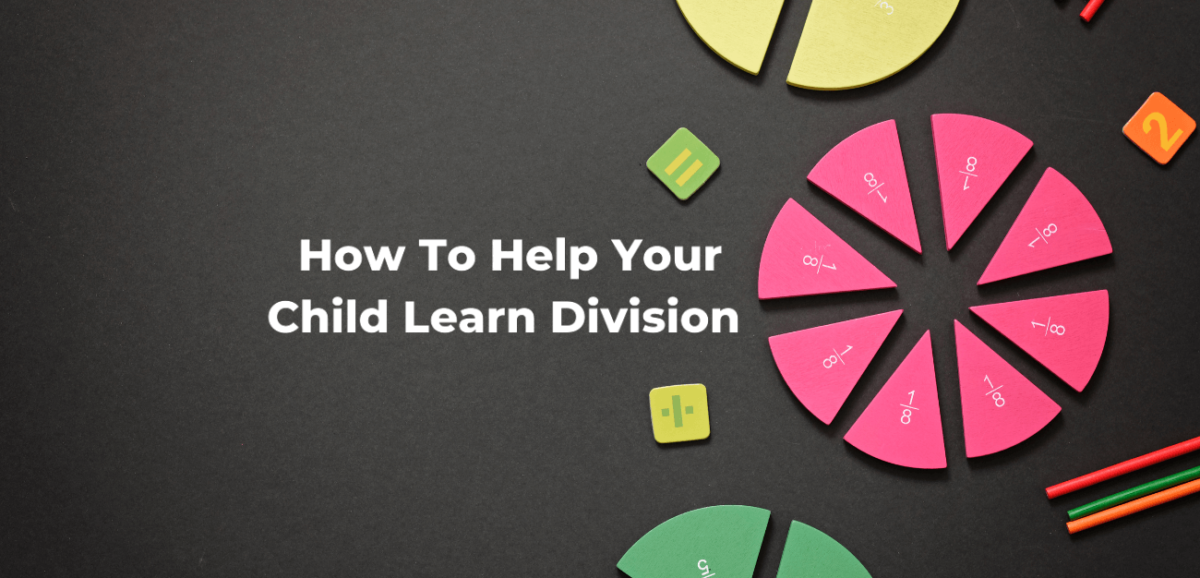Are you looking for the perfect math learning environment for your kiddo? While there’s no one-size-fits-all formula, having an intentional plan and organized structure in place can vastly improve your child’s ability to succeed. Whether your child is attending virtual math tutoring classes or just wants a place to study at home, it is vital […]











